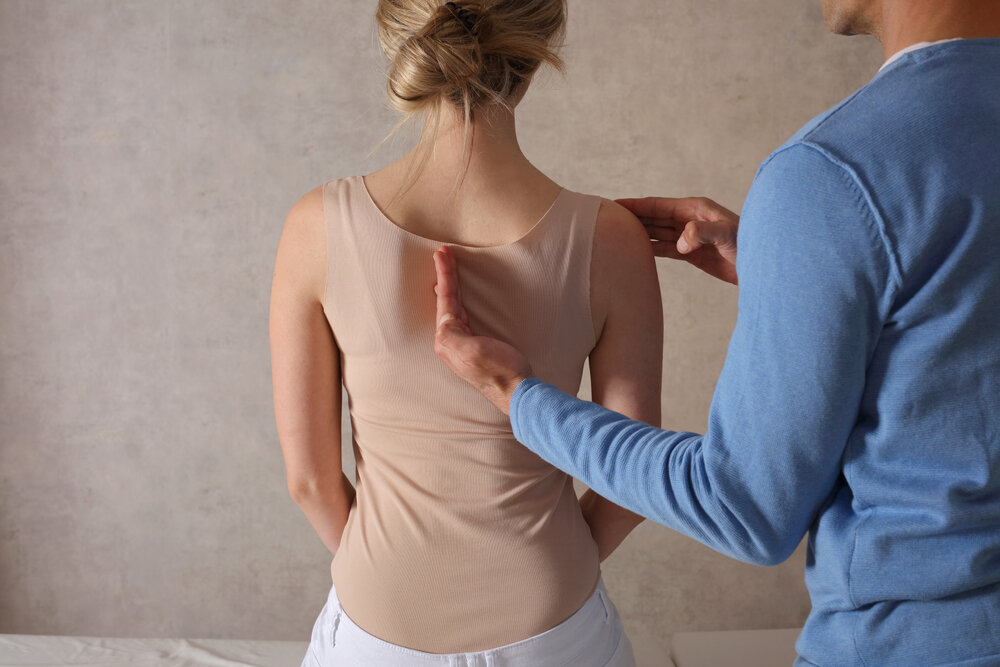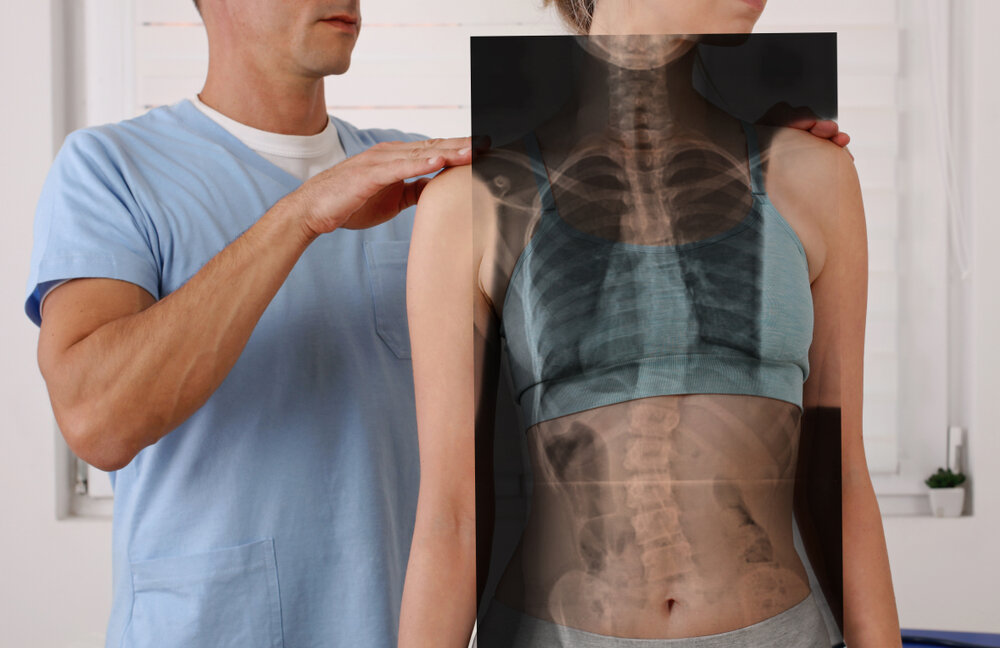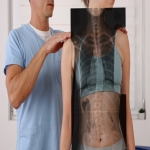Scoliosis refers to a bend of the spine to the left, right, or both. Up to 2 to 3% of Americans, 6 to 9 million people, have scoliosis, and while it may affect individuals of all ages, children and teenagers are much more likely to be diagnosed with scoliosis than adults.
Symptoms of scoliosis can range from a strictly cosmetic deformity to mild pain to life-threatening breathing disturbances when they occur. Fortunately, most incidents are readily correctable. With a little education and the aid of scoliosis specialists, the vast majority of people with scoliosis won't even let the disease slow them down

What are the major forms of scoliosis?
The most prevalent type, which accounts for 80% of all pediatric scoliosis cases, is idiopathic, meaning there is no clear cause. Degenerative scoliosis is also somewhat prevalent; a recent study found that it affects approximately 38% of the population, including as many as 8% of those over 25 and as many as 68% of those 60 and older. Congenital scoliosis, which affects one in ten thousand newborns, is a rare type.
Asymmetrical disc degeneration results from degenerative scoliosis over time. This form of scoliosis appears to affect the lumbar spine and is milder in severity, usually causing a curvature of about 30 to 40 degrees.
Congenital scoliosis develops when in utero the spine does not grow properly. Abnormalities can include:
-
Hemivertebra, where there is only one side of the vertebral body
-
Segmentation failure, which occurs when parts of the spine are fused,
-
Rib fusion, where ribs are combined with each other
In patients whose spinal growth turn to be asymmetric because of radiation treatment of childhood tumors or heart surgery to correct a congenital defect, thoracogenic scoliosis is seen.
Causes
Scoliosis specialists do not understand what causes the most common form of scoliosis, but genetic influences seem to be involved, since the condition appears to run in families. Less common scoliosis may come from -
-
Neuromuscular conditions like muscular dystrophy or cerebral palsy
-
Birth defects impacting the spinal bone development
-
Spinal injury or infection
The Symptoms
-
One prominent shoulder blade than the other
-
Uneven shoulders
-
Uneven waist
-
A hip over another hip
The spine will also rotate or twist if a scoliosis curve gets worse, in addition to curving side to side. This allows the ribs on one side of the body to stick out further than on the other side.

When to see a physician
When you notice signs or symptoms of scoliosis in your child, go to your cervical radiculopathy or scoliosis specialist. Mild curves, however, may grow without the parent or child understanding it because they occur gradually and typically don't cause pain. Occasionally, coaches, classmates and sports partners are the first to note a child's scoliosis. Make an appointment today with Neuroscience Specialist for cervical radiculopathy specialist. For herniated disc, bone and spine disorder, make a visit here.
**Disclaimer- Information presented here is not intended to be qualified medical advice. Nothing expressed herein creates a doctor-patient relationship.

